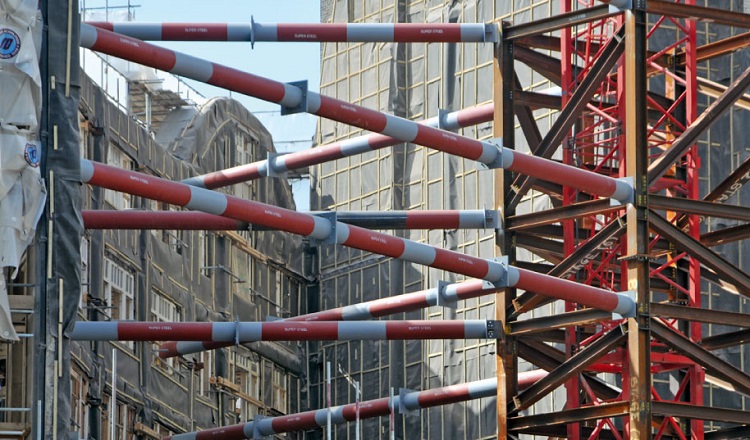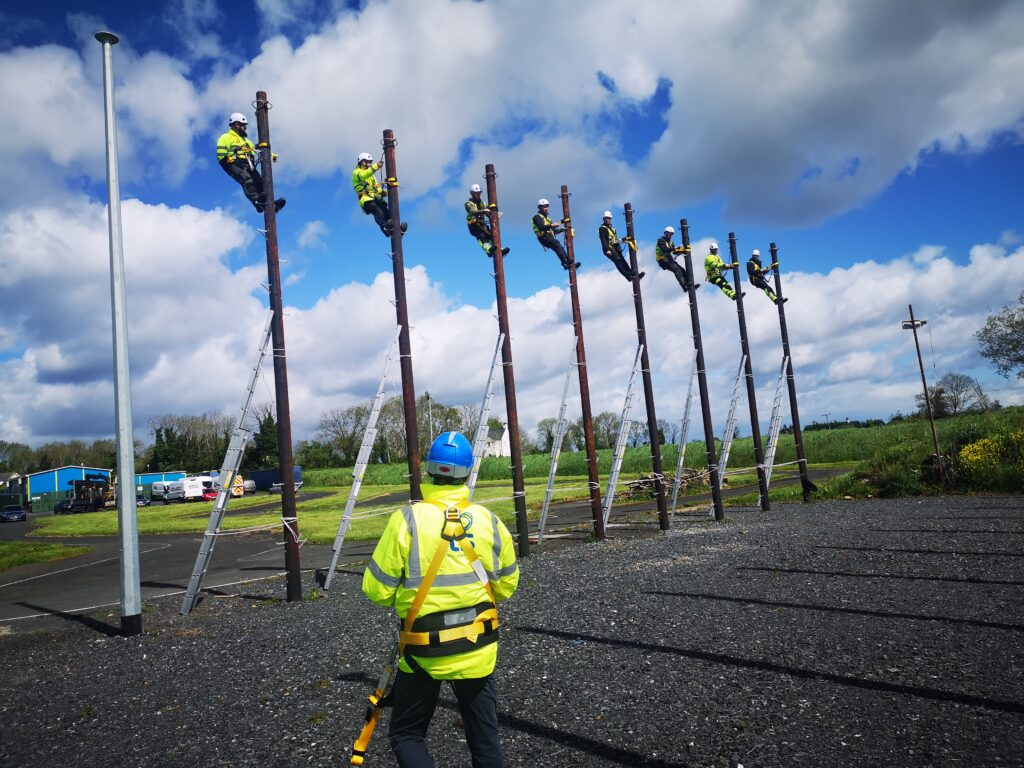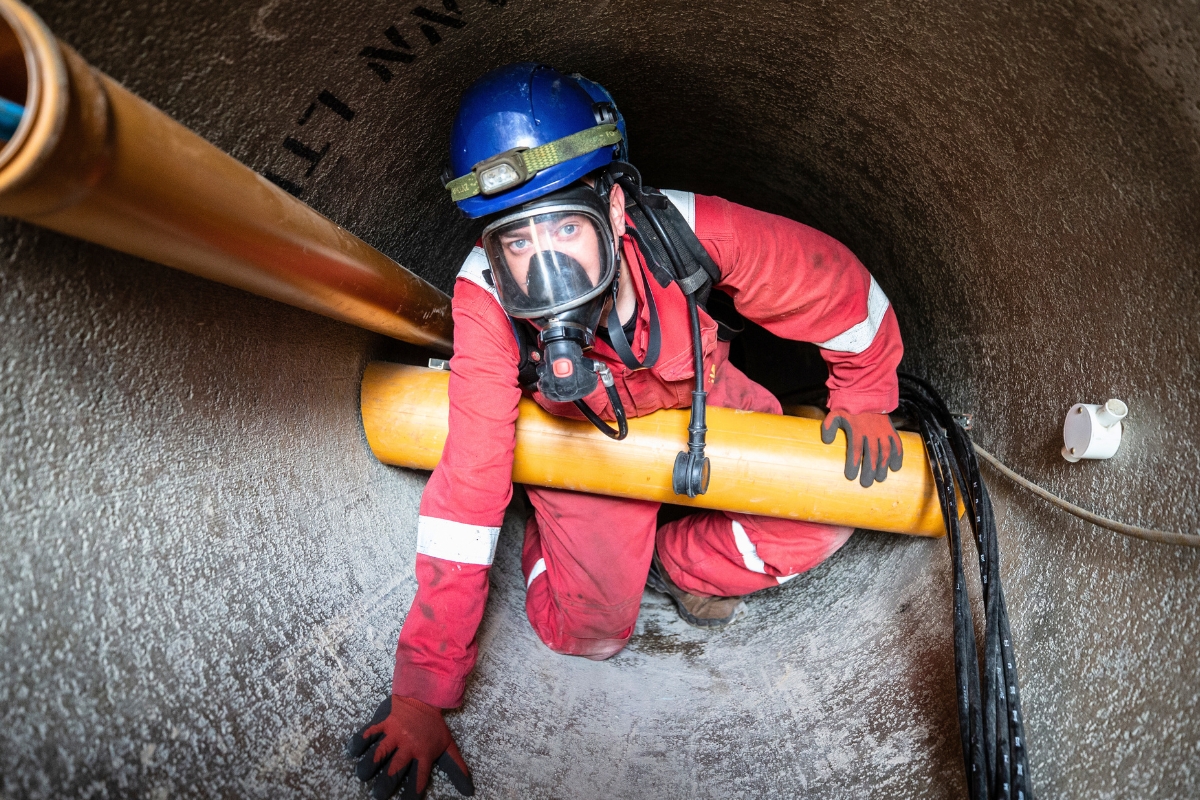Construction sites are dynamic environments where progress and productivity are paramount. However, alongside these objectives, ensuring the safety of workers, the public, and the integrity of the built environment is equally essential. Temporary works stand as indispensable elements in achieving these objectives
Understanding Temporary Works: They represent a broad spectrum of structures, supports, and methodologies utilised throughout various phases of construction. These temporary structures provide vital support during activities such as excavations, formwork, and scaffolding. Despite their nature, they play a pivotal role in shaping the safety landscape of construction projects, ensuring stability, functionality, and hazard mitigation.
Temporary Works Reduce Risks:
- Structural Stability: Temporary works serve as the backbone of construction projects, ensuring structural stability and integrity. Through meticulous design and adherence to engineering standards, these temporary structures withstand environmental forces and prevent potential collapses or failures, safeguarding both personnel and assets.
- Worker Safety: The implementation of temporary works creates safer working environments for construction personnel. Whether it involves securing access points, erecting protective barriers, or implementing fall prevention measures, these initiatives significantly reduce the likelihood of accidents and injuries on-site, thereby fostering a culture of safety and well-being.
- Public Protection: Construction activities often intersect with public spaces, necessitating measures to mitigate risks to pedestrians and adjacent properties. Examples include, hoardings, signage, and traffic management systems effectively delineate construction zones, minimising disruptions and enhancing public safety.
Legislative Framework: In both Ireland and the UK, legislation mandates the incorporation of temporary works into construction projects to ensure compliance with safety standards and regulatory requirements. The following regulations outline the legal obligations concerning temporary works:
- Health and Safety Authority (HSA) in Ireland: The Safety, Health and Welfare at Work (Construction) Regulations impose obligations on employers to assess and manage risks associated with temporary works. Compliance with these regulations not only safeguards workers but also contributes to the overall success and sustainability of construction projects.
- Health and Safety Executive (HSE) in the UK: The Construction (Design and Management) Regulations (CDM) outline specific requirements for managing temporary works throughout the project lifecycle. By emphasising the importance of planning, coordination, and supervision, these regulations promote proactive risk management and ensure the safety of all stakeholders involved.
Embracing Best Practices: To optimise the effectiveness of temporary works and achieve regulatory compliance, construction firms are encouraged to prioritise the following best practices:
- Professional Design: Engage qualified engineers to design temporary works tailored to project specifications and environmental conditions, ensuring structural integrity and safety.
- Rigorous Inspections: Conduct regular inspections to assess the condition and performance of temporary works, promptly addressing any deficiencies or safety concerns that may arise.
- Comprehensive Training: Provide comprehensive training to personnel involved in the installation, operation, and maintenance of temporary works, equipping them with the necessary skills and knowledge to ensure safety and compliance throughout the project lifecycle.
At Industry Training Services, we deliver a range of temporary works courses for all levels including co-ordinators and supervisors as well as remote and refresher courses. For more information visit: https://www.industrytrainingservices.com/training-courses/temporary-works/
Temporary works represent more than just temporary solutions; they are integral components of construction projects that contribute to safety, efficiency, and regulatory compliance. By recognising the critical role of temporary works and adhering to legislative requirements, construction firms can foster a culture of safety, mitigate risks, and enhance project outcomes. Through education, training, and proactive risk management, the construction industry can continue to evolve and thrive while prioritising the well-being of all stakeholders involved.




